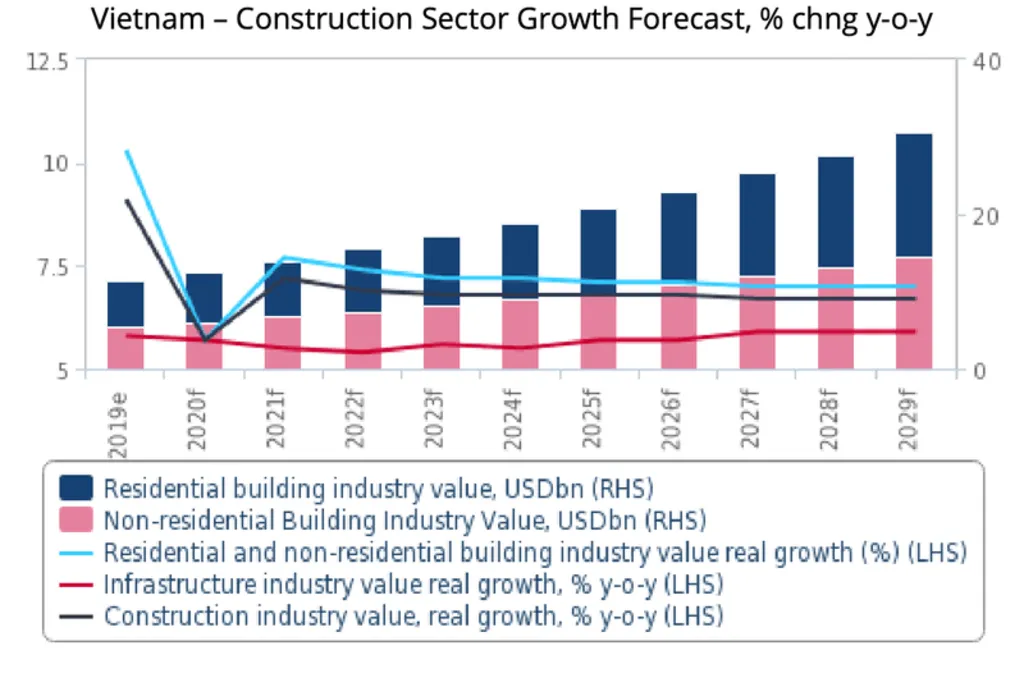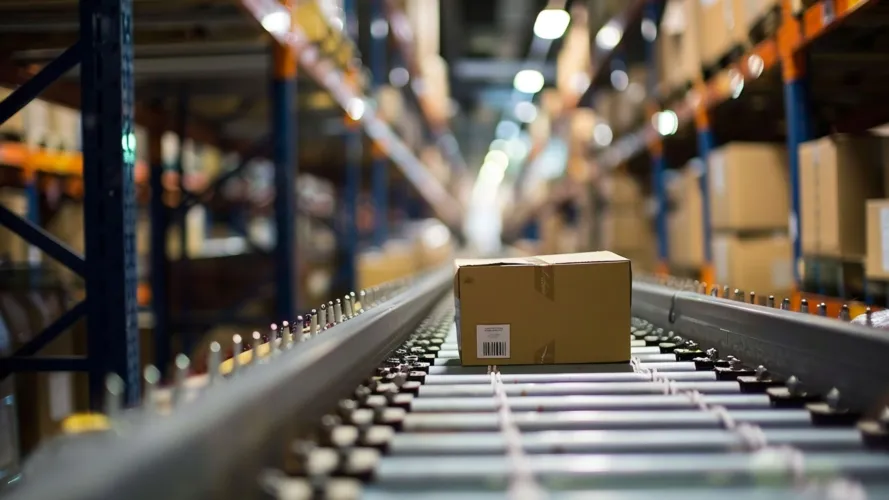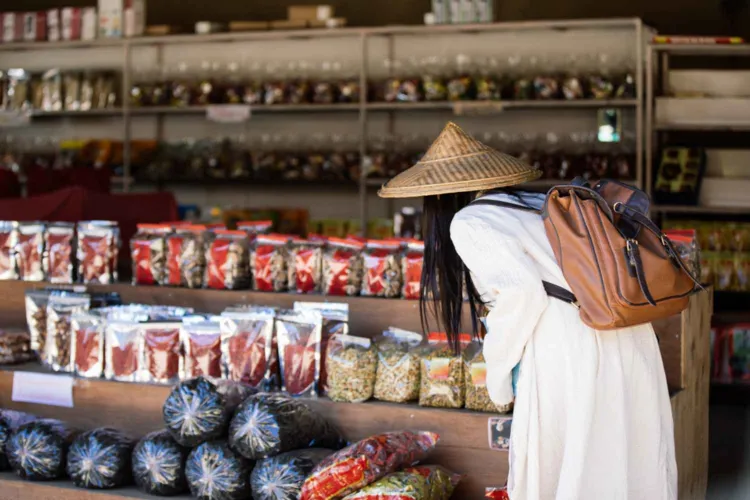Vietnam is embracing sustainable materials to transform its construction industry. As urbanization increases and environmental concerns grow, the country is turning to eco-friendly alternatives like recycled concrete and bamboo to reduce its environmental footprint. Find out why Vietnam Sustainable Materials Usage is essential for a greener, more resource-efficient future.

Why Vietnam Sustainable Materials Usage Matters
Buildings in Vietnam consume 30-40% of the country’s energy production, along with 17% of fresh water and 25% of wood harvest. This significant resource usage highlights the urgency of integrating renewable and sustainable materials into construction projects.
A study by the German Energy Agency found that Vietnam has immense potential to adopt bio-based materials. By incorporating resources like bamboo and other renewable materials, the construction industry can significantly reduce energy consumption and environmental degradation.
The Rise of Green Building Projects
Green construction is gaining momentum in Vietnam. By the end of 2021, the country had initiated over 200 green building projects. As urban areas expand, the Ministry of Construction predicts a demand for 70 million square meters of housing annually by 2030.
This growth creates opportunities for sustainable innovations. Collaborations with organizations like the UNDP and World Bank are driving investment in green construction technologies and materials. Such partnerships ensure that Vietnam can meet housing demands while prioritizing sustainability.
Eco-Friendly Materials Leading Vietnam Sustainable Materials Usage
Bamboo: A Sustainable Superstar
Bamboo has emerged as a key player in Vietnam’s push for sustainable materials. Known for its rapid growth and strength, bamboo can absorb large amounts of carbon dioxide, significantly reducing construction projects’ carbon footprints. Its versatility makes it a suitable replacement for materials like concrete and steel, aligning with global green building trends.Recycled Concrete and Plastics
Vietnam is also adopting recycled materials like concrete and plastics. In 2019, the country recycled 33% of key plastic resins, showcasing a growing awareness of circular economy practices. However, 75% of plastic material value is still lost due to improper disposal, indicating the need for improved recycling infrastructure.
In regions like Ho Chi Minh City, innovative use of recycled concrete helps reduce construction waste while creating durable and cost-effective building materials. These practices not only minimize waste but also contribute to a more sustainable economy.
Economic and Environmental Benefits
The adoption of sustainable materials isn’t just about protecting the environment—it also offers significant economic advantages. Green construction projects attract investment and create jobs while addressing Vietnam’s growing housing demand.
For example, using bamboo and recycled concrete can lower material costs and improve energy efficiency in buildings. This leads to long-term savings for developers and reduced utility costs for residents. Additionally, eco-friendly practices enhance Vietnam’s global reputation as a leader in sustainable development.
Challenges and the Path Ahead for Vietnam Sustainable Materials Usage
Despite progress, challenges remain. Recycling rates must improve to maximize material value, and public awareness campaigns are needed to promote sustainable practices. Similarly, scaling bamboo production and integrating it into mainstream construction require strategic investments and policy support.
Vietnam’s construction industry must also balance rapid development with environmental preservation. As urban areas expand, it’s crucial to prioritize sustainable infrastructure that meets the needs of both current and future generations.
Vietnam Sustainable Materials Usage like bamboo and recycled concrete is reshaping its construction landscape. With over 200 green projects and increasing investments in eco-friendly technologies, the country is making significant strides toward a greener future. By addressing challenges and leveraging its untapped potential, Vietnam can position itself as a global leader in sustainable construction, setting an example for other nations to follow.







